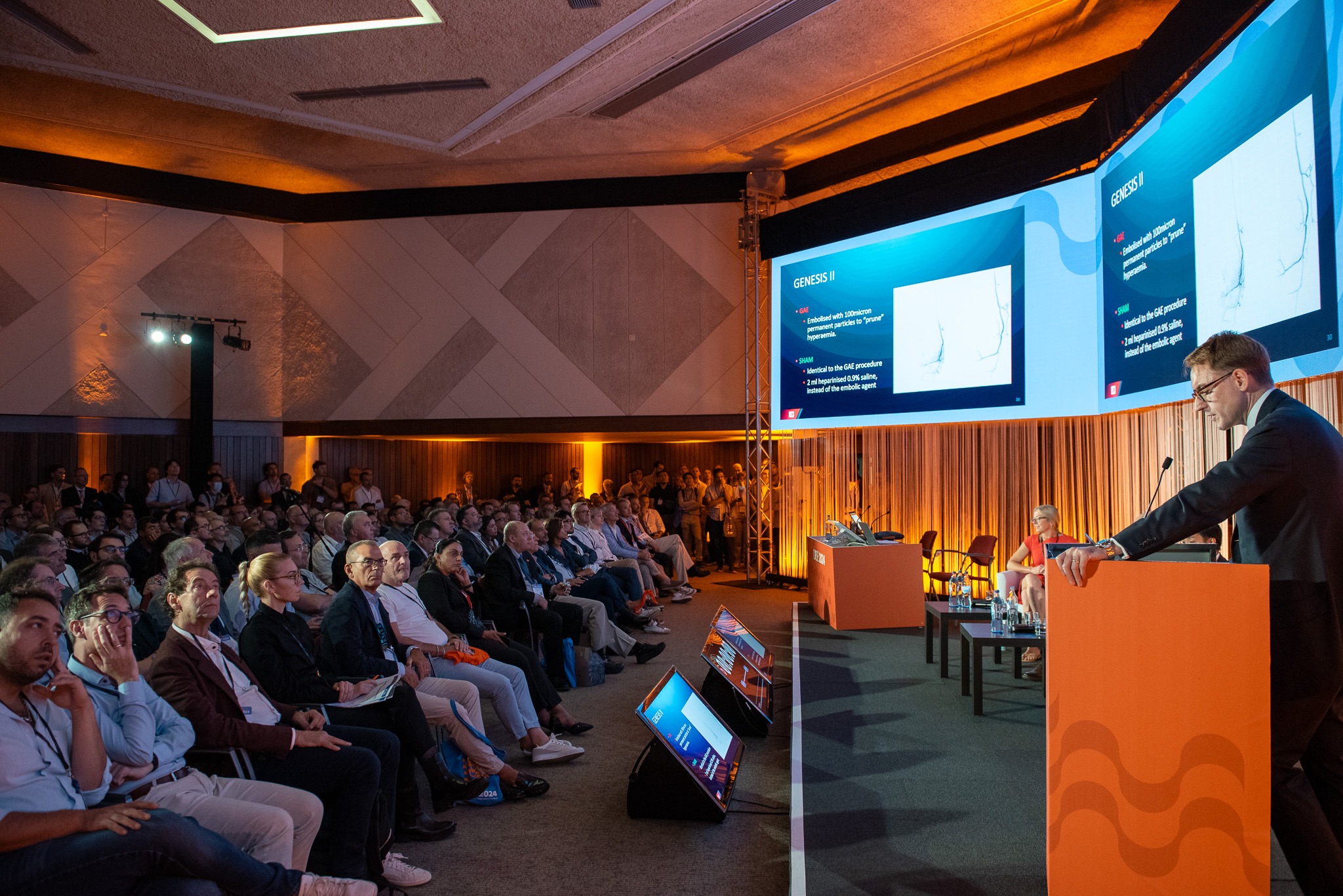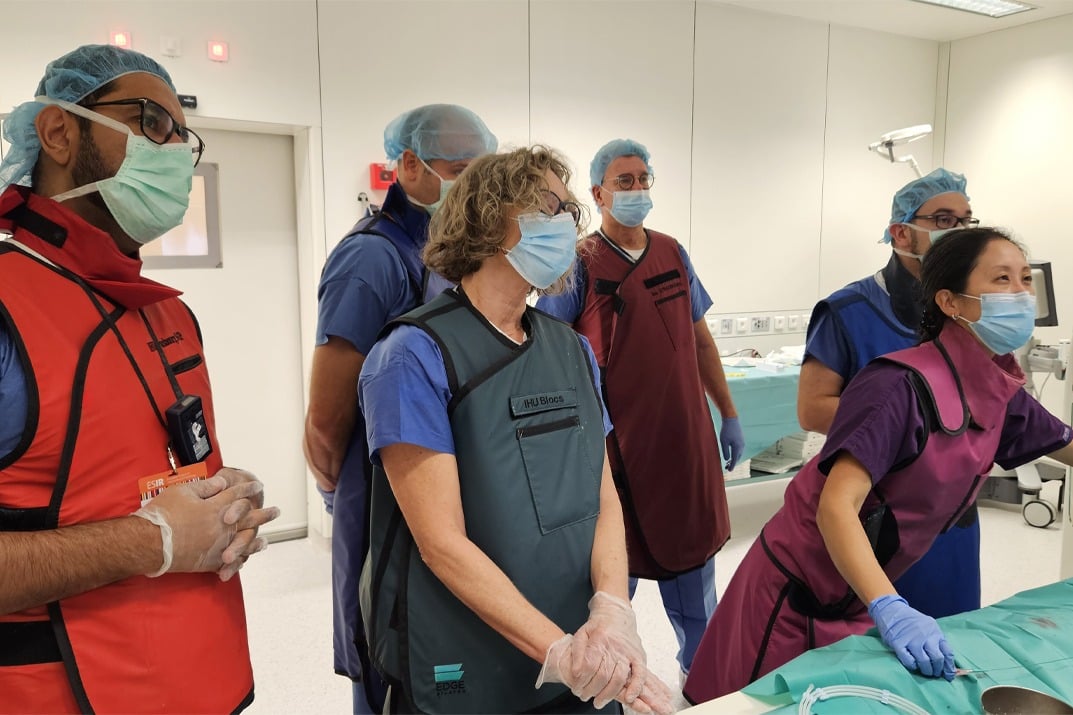ESIR 2025: MSK embolization with Prof. Mark Little
Musculoskeletal embolotherapy has emerged as a new interventional radiology treatment for a range of painful musculoskeletal conditions including osteoarthritis of the knee, frozen shoulder, and tendinopathy. Research has reported on the safety and efficacy of these techniques and highlighted the importance of understanding the anatomy and embolization endpoint of these new procedures.
The upcoming ESIR course on MSK embolization will be the very first of its kind – local host Prof. Mark Little spoke to us on what participants can expect from the course and from MSK topics during ET 2025.
The early fees for the course are available until August 21 – sign up now and secure your spot at what is sure to be an exciting course!
CIRSE: You are well-known in the emerging field of MSK embolization – can you share what sparked your interest and how you began focusing on these treatments?
Little: I have spent my career fascinated by embolization. I was involved in some of the early PAE studies, and first became aware of the potential of MSK embolotherapy in 2016 following the CVIR paper from Okuno et al describing genicular artery embolization in 14 patients. I could see straight away the huge benefit that the procedure could have. In 2017, I designed the GENESIS trial in order to add to the growing literature on GAE.
CIRSE: MSK interventions have gained a lot of momentum recently – how have things changed over the last five years?
Little: There continues to be an exponential increase in data on MSK embolotherapy, which is fantastic to see! Not only do we have randomised data on GAE, we now have more data emerging on newer procedures such as the role of embolization in plantar fasciitis, and Achilles tendinopathy.
CIRSE: What does your current MSK embolization practice look like? What motivated you to host an ESIR course on the topic?
Little: My MSK practice is still very much focused on GAE, as I am leading GENESIS 2, which is a large randomised sham-controlled trail. My motivation to host an ESIR course was a response to the rapid expansion of MSK embolization. I wanted to provide education to interventional radiologists, so they can commence MSK embolization, with the knowledge and skills to perform safe and effective procedures.
This course is aimed at interventional radiologists with experience in embolization, wanting to start MSK embolization. We will focus on patient selection, anatomy, tips and tricks, and procedural practice. Delegates will also have the opportunity to perform hands on simulation training.
CIRSE: Can you tell us about your involvement with MSK sessions at ET this year?
Little: We have increased the focus on MSK embolization this year for ET 2025. For the very first time, we introduced an MSK case competition. The response was fantastic, with over 50 entries of fascinating MSK embolization cases. This highlights the diversity of cases that are being performed, and the level of engagement from the IR community.
This year at ET we will also have the deep dive MSK sessions which were so popular last year. These are an opportunity for a more in depth learning environment for delegates to learn about MSK. They provide a more intimate forum for delegates to ask questions to the experts, and the feedback from these sessions has been fantastic, so we hope that delegates will continue to find them useful.
CIRSE: What are you most looking forward to at the course? What are your hopes for the next five years of developments in MSK embolization?
Little: I am really looking forward to meeting with friends and colleagues to share our experience of MSK embolotherapy, so we can continue learning from one another, and grow the subspecialty. As ever, data remains important, so I hope to see more controlled data being published on all the different pathologies that embolization shows promise for. I look forward to seeing you all in Strasbourg!


